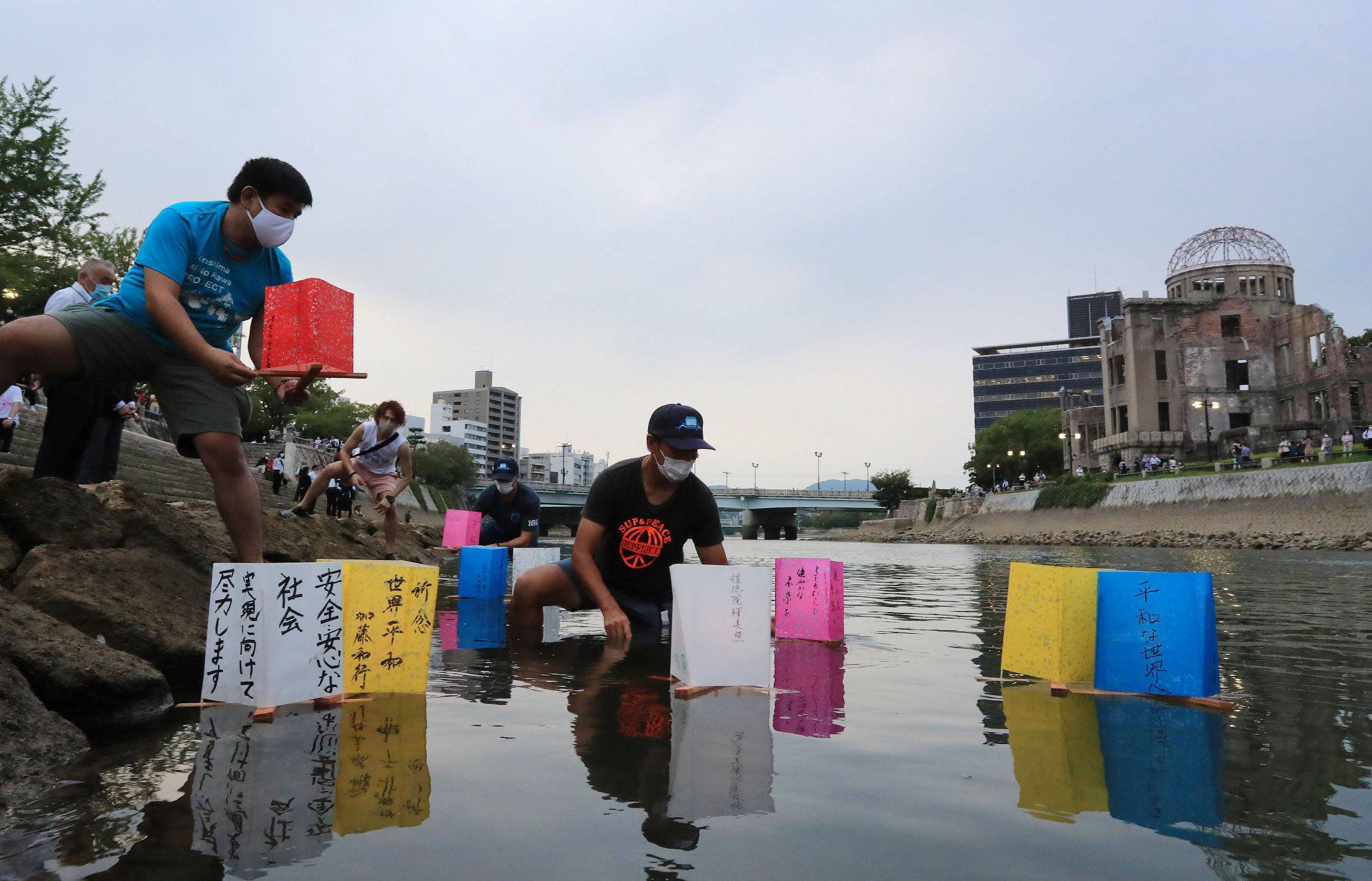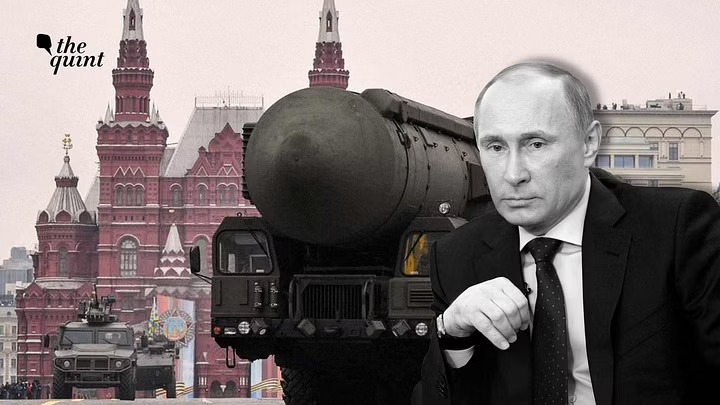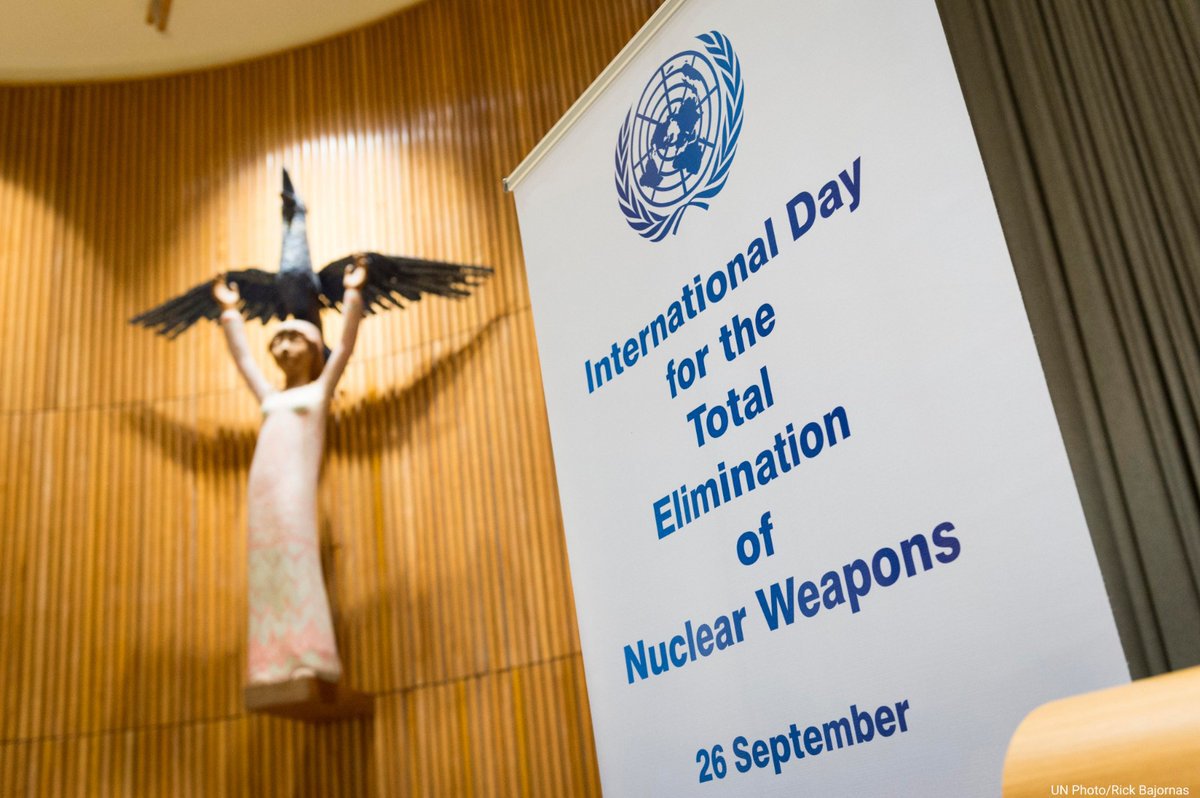Learning the Right Nuclear Lessons From Ukraine
THE JAPAN TIMES
APLN member Ramesh Thakur wrote about this year’s Hiroshima Round Table and analysed how the Russian invasion and threats of nuclear weapons use had added to global fears of a nuclear Armageddon. Read the original article here.
This year’s Hiroshima Round Table was held on July 12-13 as a hybrid event, with Japanese experts attending in person and international participants by Zoom.
It took place against a threefold backdrop. The postponed 50th anniversary tenth review conference of the Nuclear Nonproliferation Treaty will be held in New York next month. The roundtable unanimously affirmed the importance of the NPT as the cornerstone of the global nonproliferation regime.
The other global nuclear normative framework is the Treaty on the Prohibition of Nuclear Weapons which bans the bomb. It entered into force in January 2021 and the first meeting of states parties was held in Vienna on June 21-23. All 86 signatories are also NPT non-nuclear weapon states parties.
Most importantly, the roundtable discussion was shaped by the long shadow of the events on the other side of the world in Ukraine. All participants registered shock and distress at the scale and brutality of the Russian attacks on Ukraine, including civilian targets, in violation of international law, humanitarian law and the U.N. Charter.
The sufferings caused by the war are not limited to the peoples of the conflict parties but have affected the whole world. We reaffirmed respect for the foundational norms of state sovereignty, territorial integrity and the nonuse of force.
Some of the steps that this year’s roundtable recommended include:
- Reduce reliance on nuclear weapons by possessor and umbrella states.
- Take concrete steps toward fulfilling the NPT article 6 obligation to nuclear disarmament.
- Acknowledge the normative step forward of the TPNW.
- Japan should join U.S. allies like Australia, Germany, Netherlands and Norway, that attended the June conference as observers, in engaging with instead of distancing from the Ban Treaty. Germany’s statement to the conference was especially constructive in urging TPNW supporters and critics to work together in the shared goal of achieving a world free of nuclear weapons.
- Resume and revitalize nuclear arms control negotiations.
- Universalize no first use of nuclear weapons, including by China and the U.S. in the context of Taiwan.
There was an extended and informed discussion — this was a meeting of experts, after all — on the explicit, implied or oblique threats by Russian leaders to use nuclear weapons. They have denied it but the only possible interpretation of their pointed remarks is to issue nuclear threats with sufficient built-in ambiguity for them to claim plausible deniability, even while the signal was clearly received by the intended target audience of NATO countries.
Related to this was an even more important discussion on the core agenda of the roundtable to promote nuclear arms control and disarmament. Participants agreed that the Russian invasion and threats of nuclear weapons use had increased official and public belief in the utility of nuclear deterrence and interest in nuclear sharing arrangements, promoted in Japan for example by the former Prime Minister Shinzo Abe.
But we also believe that this conclusion has been asserted but not conclusively demonstrated and the contrary case can and should be argued. The case for the utility of deterrence points to the invasion of a non-nuclear country by a nuclear power, the failure of NATO to confront Moscow’s aggression militarily and Russia’s restraint in not interdicting the supply of NATO military hardware in depots in neighboring Poland. Jeffrey Lewis and Aaron Stein hold that “The existence of Russian nuclear weapons has thus far deterred the United States from directly intervening in the conflict,” for example rejecting calls to declare and enforce a no fly zone over Ukraine.
These conclusions are contestable and better explained firstly by Russia’s greater stakes and vital interests in Ukraine and secondly by the extreme caution called for in risking a major land war between great powers. NATO’s stakes in Ukraine are simply not high enough to risk a major ground war with Russia, which would then be fighting grimly for its very existence.
Besides, it is also by now undeniable that the possession of a formidable nuclear arsenal and implied threats of using them failed as an exercise in coercive nuclear diplomacy. Kyiv was not intimidated into immediate surrender and instead fights on five months later.
Nor have Russia’s bombs stopped NATO from supplying Ukraine with highly lethal and combat-effective weaponry to inflict substantial damage on Russian forces. Indeed repeated reminders of nuclear weapons signal Russian weakness and desperation more than strength and self-confidence. Ukraine’s unexpectedly heroic resistance highlights both the power of the weak when fighting for the homeland and the fragility of the strong when engaged in imperial adventures.
Several Russian generals have been killed with the help of intelligence provided by the U.S. Washington also supplied information that helped Ukrainian forces to locate, strike and sink the Moskva, the flagship of Russia’s Black Sea fleet. Tom Friedman says this suggests “when American officials start to brag in public about playing a role in killing Russian generals and sinking the Russian flagship, killing many sailors, we could be creating an opening for Putin to respond in ways that could dangerously widen this conflict.”
Despite these boastful provocations, Russia has not hit supply depots and lines beyond Ukraine’s borders. Lewis and Stein argue that “American nuclear weapons, as well as those of France and the United Kingdom, have deterred Russia from striking lethal arsenals piling up across the border in Poland for delivery into Ukraine.” They do acknowledge also the risks of deterrence failure through misperception, accident or even pure chance.
But Russian President Vladimir Putin has said absolutely nothing to indicate any insane desire to widen the geographical theater of the conflict to a NATO country directly. The existence of nuclear weapons is simply irrelevant to his calculation; he has enough problems trying to subdue the Donbass region of Ukraine.
In Vienna last month and in discussions with scholars and officials from many countries, I am yet to come across a single person prepared to argue that the world is safer since the Russian invasion of Ukraine because of the possession of almost 12,000 nuclear weapons by Russia and three NATO allies (U.S., U.K., France). Rather, the nuclear reality has added to global fears of a nuclear Armageddon that no one wants but everyone dreads, if not by design then inadvertently by accident (system error) or miscalculation (human error). This is why the agenda of nuclear risk reduction measures on the long pathway to eliminating nuclear threats by abolishing the weapons remains critically important.
Image: People mark the 75th anniversary of the atomic bombing of Hiroshima on Aug. 6, 2020, by releasing paper lanterns on the Motoyasu River facing the Atomic Bomb Dome. | POOL / VIA KYODO




